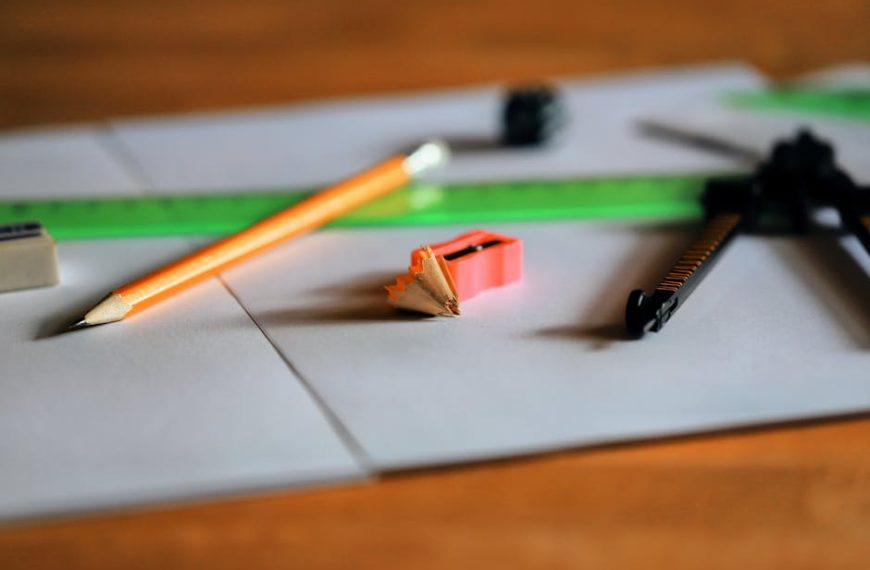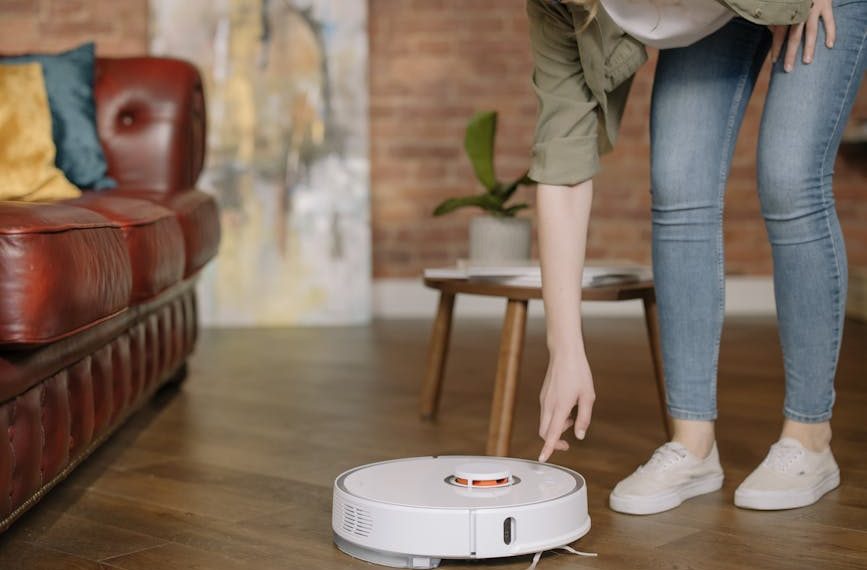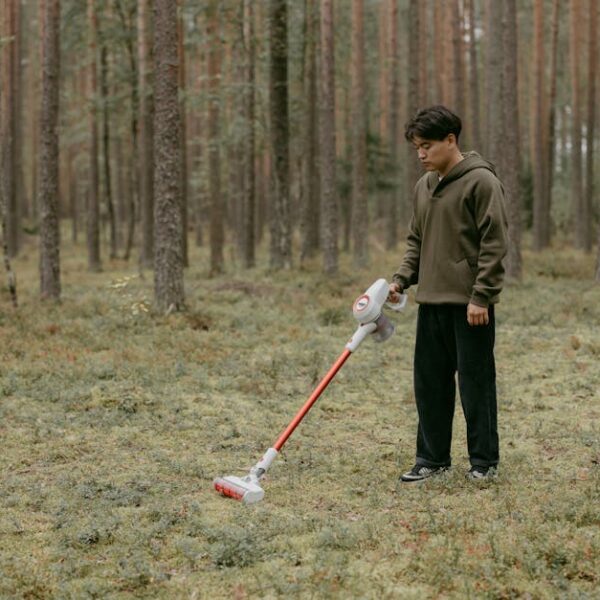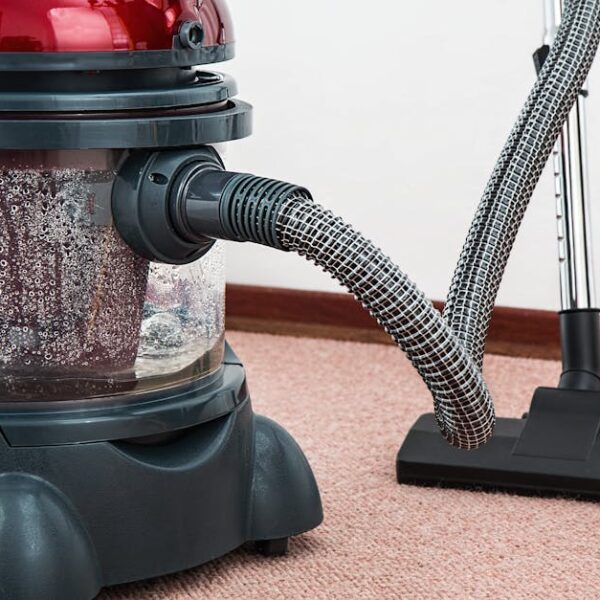Robotic vacuum cleaners, especially those from the Roomba series, have become a household staple owing to their convenience and cleaning prowess. However, Roomba owners may occasionally encounter issues that affect the function of their device. Among these, the unresponsive brush roller has proven to be a common pitfall. This issue significantly hampers the device’s cleaning capability and if left unchecked, can reduce the lifespan of your Roomba. The brush roller may stop spinning due to a handful of reasons, ranging from debris entanglement to software related issues. This article dives into the common causes of such malfunctions, coupled with practical and actionable advice to resolve and prevent them.
Detecting the Problem
The first step towards addressing any issue is acknowledgement and on-time detection. If your Roomba is leaving more dirt behind than usual or producing unusual noise during operation, these could be telltale signs of a non-spinning brush roller. A physical inspection is another reliable method to ascertain whether the brush roller is rotating as expected.
Best Practices:
- Conduct regular inspection of your Roomba’s brush roller.
- Monitor the cleaning efficiency of your Roomba vigilantly to detect any drastic changes.
Common Causes of Brush Roller Malfunction
In most cases, similar to many other mechanical devices, the Roomba’s brush roller stops spinning due to physical obstruction. Hair, thread or other types of debris caught in the brush roller can inhibit its rotation. This can also cause an unusual noise during the Roomba’s operation. Beyond just debris, the brush roller and associated parts can wear out over time, necessitating their replacement. In rare cases, software related bugs or motor issues may result in a non-spinning brush roller.
Pro Tips:
- Regularly check for visible signs of debris or obstruction in and around the brush roller.
- If the Roomba’s performance continues to falter even after cleaning, resetting the Roomba can help rule out any software-related issues.
How to Clean and Maintain Your Roomba’s Brush Roller
Regular maintenance is key to ensuring longevity and consistent performance from your Roomba. The brush roller, being a critical component of the device, requires particular attention.
Step-by-Step guide:
- Ensure your Roomba is powered off and unplugged before cleaning.
- Carefully remove the brush roller from the device.
- Use a Roomba cleaning tool or a soft cloth to gently clean the roll, removing any dirt and debris.
- Once cleaned, reinsert the brush roller into the device and test if it’s functioning as expected.
Follow these steps religiously to elongate the life-span of your Roomba and ensure the continual clean home environment. Let’s take a look at the benefits of regular maintenance and the potential negative effects of neglecting your device:
| Regular Maintenance | Negligence | |
|---|---|---|
| Performance | Ensures high cleaning efficiency. | Can significantly hamper cleaning performance. |
| Robotic Vacuum Lifespan | Extends the lifespan of your device. | Can cause premature wear and potentially reduce your Roomba’s lifespan. |
| Additional Costs | You can avoid the cost of repairs or replacements by performing regular maintenance. | The cost of fixing or replacing your Roomba due to lack of maintenance can accumulate over time. |
Advanced Troubleshooting Techniques
Should basic cleaning measures not rectify the brush roller’s non-responsive behavior, advanced troubleshooting may be necessary. This involves checking for worn out parts that might need replacement and updating the Roomba’s software.
Here’s an easy-to-follow checklist to guide you through this process:
- Inspect the brush roller and Roomba for any worn out parts that may need replacement. This includes not just the brush roller, but associated parts as well.
- Ensure your Roomba has the most recent software updates. If not, proceed with an update and then reset the device.
- If none of the above steps work, professional help may be needed. Reach out to a reliable technician or contact iRobot’s customer service for guidance.
Remember, proper troubleshooting is key in timely identification of issues and lengthening the lifespan of your device.
Prevention is Better than Cure: Avoiding Future Problems
Faithful adherence to the old adage prevention is better than cure, can drastically reduce the likelihood of facing brush roller issues in the future. Here are some best practices to upkeep the performance of your Roomba:
- Regular, thorough cleaning of your Roomba’s brush roller helps prevent any obstruction and maintain its functionality.
- It’s essential to use the device in accordance with manufacturer guidelines. This not only preserves your Roomba’s health but also helps to prevent voiding the warranty.
- Keep up with regular software updates. This ensures that your Roomba stays up-to-date and runs smoothly.
In conclusion, while a Roomba’s brush roller not spinning can be a pesky problem, it commonly stems from issues that can be resolved at home. Regular maintenance, timely detection, and appropriate corrective measures can help keep your Roomba efficiently cleaning your home for years to come.
Key Takeaway:
- Issues with the brush roller not spinning on Roomba devices can typically be caused by debris entanglement, worn-out parts, software issues, or motor problems.
- Regular inspection and maintenance is key to avoiding such issues.
- Cleaning the device regularly, adhering to manufacturer guidelines and keeping up with regular software updates can help ensure that the Roomba continues to function optimally.
- Advanced troubleshooting techniques can help rectify more complex issues, if the problem persists after regular cleaning.
Rest assured, minor hiccups like an unresponsive brush roller can be easily fixed with regular checks and maintenance. While professional help might be required in some cases, proper maintenance and timely detection can significantly reduce any risks and keep your Roomba operational for longer.
What Are the Common Issues That Cause Robot Vacuum Brushes Not to Spin?
Often, the most common issues causing robot vacuum brushes not to spin include tangled hair, debris blockage, and motor malfunction. Regular maintenance can help prevent these problems. For effective solutions, consider following the shark robot brush troubleshooting tips to ensure optimal performance and extend the life of your device.
FAQs
Q: How often should I clean the brush roller of my Roomba?
A: It’s recommended to clean the brush roller at least once a week, or more frequently if your Roomba is used heavily or in a pet-friendly household.
Q: How can I tell if the brush roller on my Roomba needs replacement?
A: If you notice any visible signs of wear and tear or if the brush fails to spin even after a thorough cleaning and a reset, it may be time to consider a replacement.
Q: Can software issues cause the brush roller to stop spinning?
A: Yes, it’s possible. If you’ve tried cleaning and there doesn’t seem to be a physical issue with the brush roller, a reset or a software update could help.
Q: What could be the aftermath of neglecting regular maintenance of my Roomba?
A: Neglecting regular maintenance can lead to decreased cleaning efficiency, premature wear of parts, and likely a shorter lifespan for your device.
Q: Is there any prevention measure to avoid brush roller issues in my Roomba?
A: Regular cleaning of the brush roller, usage as per manufacturer guidelines, and regular software updates are some preventive measures to avoid such issues.
We invite you to share this article with fellow Roomba users and explore our website for more posts related to maintaining and optimizing the function and longevity of your devices.












